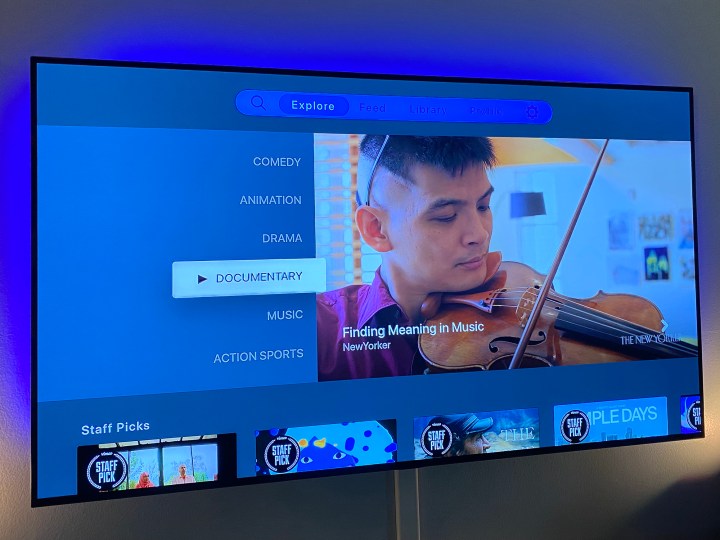There’s some bad news for those of you who use Vimeo on your TV — the YouTube alternative known for its flair for the dramatic and indie content is ending support for its existing television apps on June 27, 2023. The details (spotted by Engadget) were noted in a support page on the service’s website, and apparently in some interstitial screens in the apps themselves (we haven’t seen it on the Apple TV app, and it’s no longer listed on Roku).

That doesn’t mean Vimeo itself — or any of the content you might have purchased on the service — is going away. Far from it. It just means that you’ll have to resort to Chromecast or AirPlay if you want to watch on your TV.
As for the reason behind the change, Vimeo basically said it’s just giving up on apps for Apple TV, Android TV, Amazon Fire TV, and Roku. The help page states that “we believe that our users looking to view Vimeo videos will receive a better ongoing experience by casting via our mobile app, enabling customers to enjoy Vimeo content on their TV.”
Vimeo has long been considered an alternative to YouTube in that it was a place you could upload video. But over the years, it moved away from being a relatively unlimited repository to a more dedicated pay-to-play system, with plans currently starting at $12 a month for 250GB of storage and up to 5GB of streaming per week. It’s also been a way for creators to directly monetize their work, either with one-off purchases or recurring monthly subscriptions.
Vimeo generally also permits some user-generated content that YouTube does not — nudity, for example, at least in more artistic uses (never mind that those rules are fluid and often broken on YouTube). And presumably none of that is changing with the death of the television apps. It’s just that if you want to watch on a TV, you’ll have to take a couple extra steps to do so.



